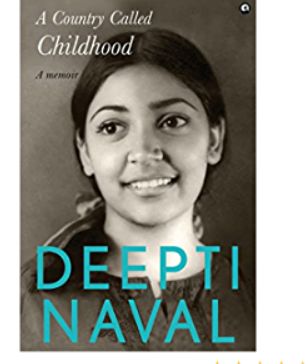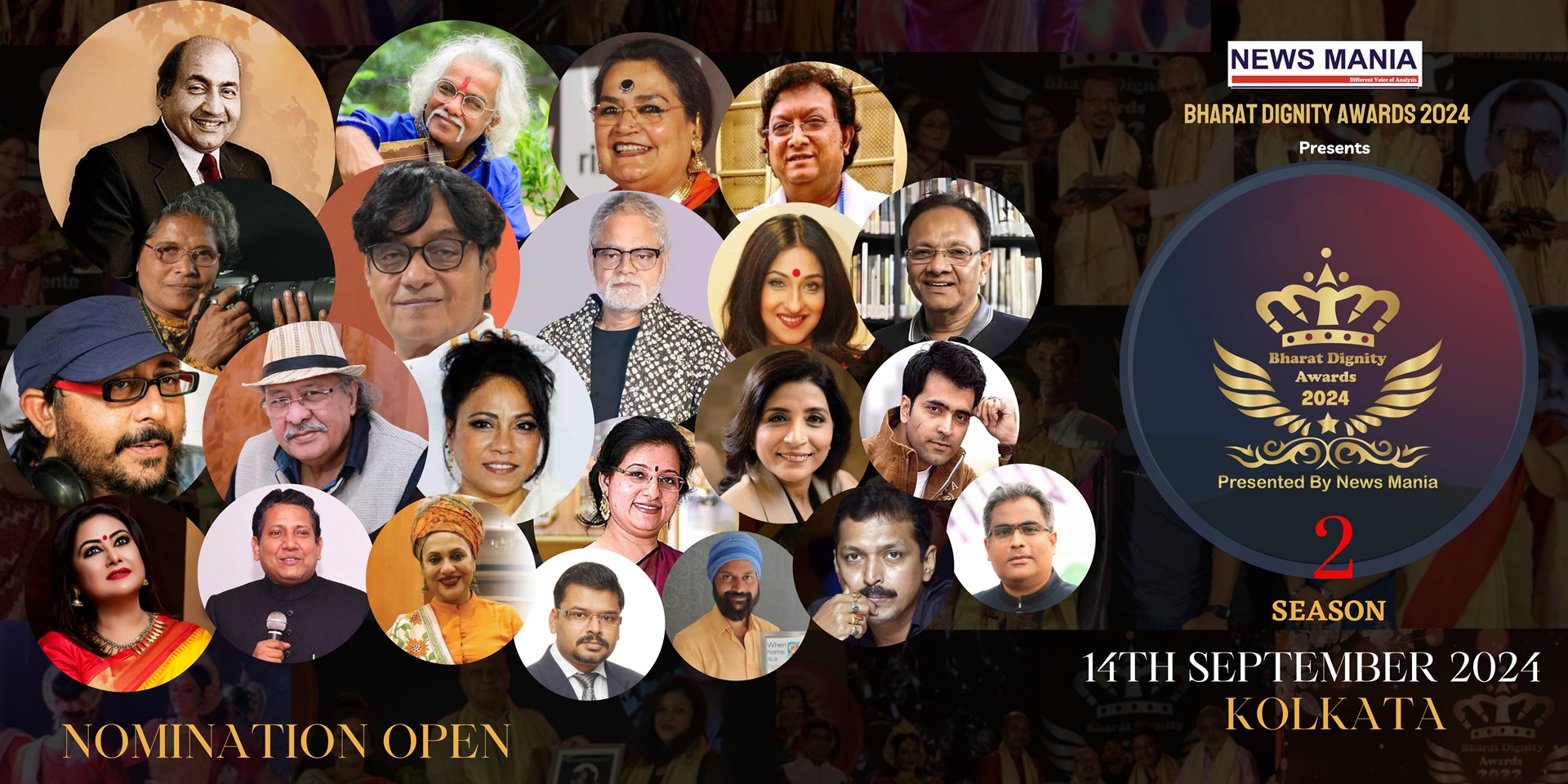12 Reasons To Read Deepti Naval’s Book

Having stated that, why would you be interested in learning about Deepti Naval’s upbringing? Here are the lessons we learned from the book:
1. Even though it is set in modern-day India, you will find a lot of your own childhood as you learn about hers. Her varied experiences highlight the emotional ties that bind Indian families.
2. The book reads less like a book and more like a screenplay. You’ll be enthralled by it, enraged, concerned, frightened, observant, on the tip of your seat with rapt attention, occasionally nodding off but remaining obedient to the book’s pages so as not to miss a beat.
3. The emotional turmoil of refugees, their problems with displacement, and how it affects subsequent generations in Deepti’s family are all skillfully described in the book.
4. A number of historical events that had an impact on Deepti as a child are mentioned, including a few heartbreaking incidents that shaped her parents. By recounting these memories, Deepti’s parents unwittingly shaped Deepti’s feelings and gave the reader an incredibly relatable descriptive insight into those trying times.
Her mother and two other girls were saved by a tangewallah during the rioting that followed Partition. The long journey from Burma to India on foot through thick forests while carrying a gramophone tied to the body as a treasured possession. Children and adults alike were terrified by the frequent sirens and shelling in the area during the wars that followed India’s independence and frequently made Deepti’s hometown of Amritsar an easy target for an enemy invasion.
5. Most of the time, who our parents were and how their lives affected us while we were growing up define who we are. In light of this, the book includes numerous intriguing images as well as reproductions of quite antiquated ones depicting events from her parents’ earlier years.
6. Deepti’s family has long been influenced by movies. From viewing them to aspiring to be Bollywood actors to her success in the industry, they enjoyed and lived their love of movies in their own unique ways. The book does a good job of describing how Deepti was affected by the fashions, hairstyles, and even mannerisms of the time.
7. For their descriptive story, a few historical people and their political choice to go to war in post-Independence India find resonance.
8. Amritsar is the real “Ambershire.” You can relate to the stones, gravel, cinema halls, Amrit Talkies, marketplaces, tailoring shop, Mai Sardi, mosque next to her house, mochi settlers she writes about in The Republic of Mochistan, convent school she attends, buses, and gropers they encounter in The Elbow Crusade.
9. The book shrugs off pretense to candidly describe her mother’s traumatic miscarriages, her joy at the birth of a baby brother, and the arguments between her parents, who eventually divorced in their 70s.
10. A Blue Eyed Boy, with whom romance may have been a wonderful possibility at 18 had time and departure from Amritsar not intervened, is left behind when the family departs India to follow Deepti’s father to America, the country of better prospects and hopes.
11. Perhaps because Deepti wanted it to be understated, romance was a touch underexposed.
12. The actor Deepti Naval first appears when she is very young, acting out the emotions she needs to escape situations or take control of them.
Deepti Naval is a mystery and an icon, like many people in India. This book offers readers a first-person perspective on the young Deepti.
News Mania Desk






